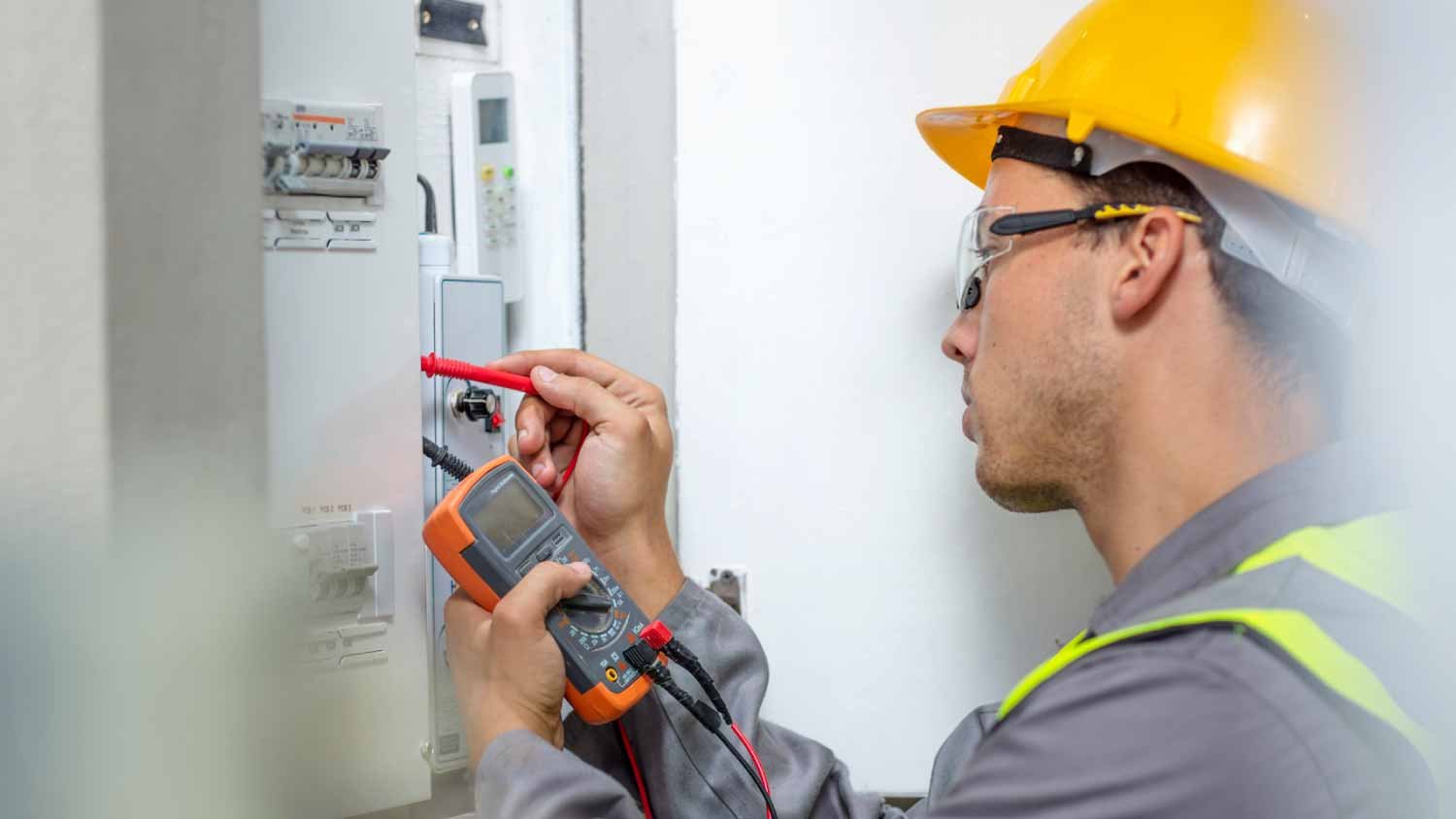Buying real estate in the United States can be an exciting yet complex process, especially if you’re new to the market or unfamiliar with local regulations. Whether you’re a U.S. citizen, permanent resident, or international buyer, this guide will walk you through each stage of purchasing property in America.
Step 1: Determine Your Budget
Before diving into house hunting, it’s essential to understand what you can afford. Consider:
- Down payment : Typically ranges from 3% to 20% depending on the loan type.
- Mortgage rates : Compare fixed-rate and adjustable-rate loans.
- Additional costs : Property taxes, insurance, HOA fees, and closing costs (usually 2–5% of the home price).

Step 2: Get Pre-Approved for a Mortgage
Getting pre-approved gives you a competitive edge when making an offer. It shows sellers that you’re a serious buyer and helps you understand your borrowing power.
Contact lenders or use online platforms to compare offers and get your pre-approval letter before starting your home search.
Step 3: Work With a Real Estate Agent
A licensed real estate agent can help you find homes that match your criteria, negotiate offers, and guide you through the legal aspects of the transaction.
Look for agents with experience in your target area and positive client reviews.
![Image Description: A real estate agent showing a home to a couple, discussing features while walking through a living room.]

Step 4: Search for Homes
Use popular platforms like Zillow, Realtor.com, or Redfin to browse listings. Filter by:
- Location
- Price range
- Number of bedrooms/bathrooms
- Property type (condo, townhouse, single-family home)
Attend open houses or schedule private showings to get a feel for different neighborhoods and properties.
Step 5: Make an Offer
Once you find your dream home, your agent will help you draft a competitive offer, which typically includes:
- Purchase price
- Contingencies (financing, inspection, appraisal)
- Desired closing date
The seller may accept, reject, or counter your offer.
Step 6: Conduct a Home Inspection
After the offer is accepted, hire a professional inspector to evaluate the property’s condition. This step helps identify any hidden issues such as plumbing problems, electrical faults, or structural concerns.
You can request repairs or renegotiate the price based on the findings

Step 7: Secure Financing and Finalize the Loan
Work closely with your lender to submit all required documentation, including income verification, tax returns, and bank statements. The lender will also order an appraisal to confirm the home’s value.
Step 8: Review and Sign Closing Documents
Prior to closing day, review all final paperwork, including:
- The Closing Disclosure (CD)
- Title report
- Insurance policies
On closing day, you’ll sign the deed and mortgage documents, pay closing costs, and officially become a homeowner.
FAQs About Buying Real Estate in the USA
Q: Can non-U.S. citizens buy property in the USA?
A: Yes, non-citizens can purchase real estate in the U.S., but they may face stricter lending requirements and need to consider tax implications.
Q: What credit score do I need to buy a house?
A: Most lenders require a minimum credit score of 620 for conventional loans, though government-backed loans like FHA may accept lower scores.
Q: Are there special programs for first-time homebuyers?
A: Yes, many states and lenders offer down payment assistance, low-interest loans, and tax credits for first-time buyers.
Q: How long does the home buying process take?
A: On average, the process takes 30 to 60 days from offer acceptance to closing, depending on loan type and other factors.
Q: Do I need a lawyer when buying a home in the U.S.?
A: While not always required, hiring a real estate attorney can be helpful—especially for complicated transactions or for international buyers.

Join The Discussion